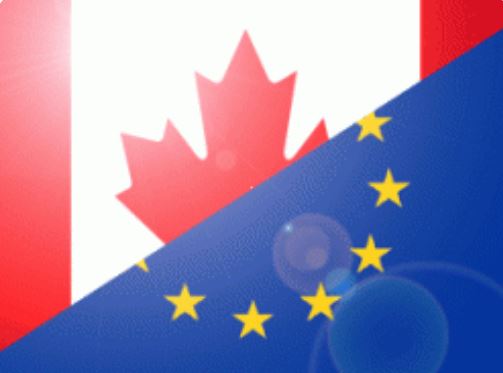The CE Marking Process Explained

What does the CE marking indicate?
The CE marking indicates the following about the product:
- It complies with the health and safety requirements of the European Community Directives.
- It complies with the relevant EU legislation
- It is eligible to enter the EU market.
Is there a fee in the CE marking process?
If the manufacturer carries out the CE marking process by himself, no fee is involved. It’s recommended to authorize a ‘Notified Body’ to undertake the CE marking process. The Notified Body charges for their services depending on the complexity of the task.
What is a ‘Notified Body’?
A ‘Notified Body’ is an EU organization that assesses the CE conformity of certain products. They are responsible for tasks related to CE conformity assessment.
Some EU Directives require the intervention of notified bodies to fulfill the requirements of CE markings, whereas the others may not. Involving their expertise at an early stage of the CE marking process to makes it faster and simpler.
What is the first step of the CE marking process?
The first step is identifying what EU Directives your product must be compliant to. The product may fall under multiple Directives without implying that the product gets multiple CE markings. The product should carry CE marking conforming to the most appropriate Directives to the product, as advised by an expert.
How to identify which EU Directives the product must comply with?
A good starting point is considering the following questions:
- Who is the target user group?
- What are the conditions for installing and using the product?
- Is the product manufactured for personal or industrial use?
- What are the target EU countries for business?
- What additional national regulations must the product comply with, as a result?
- What have manufacturers with a similar product complied to?

Need guidance with CE? Contact our experts!
What is the step after identifying the Directives?
The next step is to evaluate and ensure the product meets the essential requirements of these Directives.
The procedure varies according to the product. It may involve:
- Self-declaration of compliance of the product to relevant CE Directives by the importer/ manufacturer.
- Testing, risk analysis or quality assessment by a Notified Body, as required.
What happens after declaring the product compliant with the necessary EU Directives and standards?
The next step is the technical documentation, as per to the description provided by the CE Directive. It has to be available to the European Union for ten years after selling the last product unit, along with the CE Declaration of Conformity.
What is the Technical Documentation and what does it contain?
The Technical Documentation proves that the product with the CE marking follows the essential Directives and necessary EU standards. It includes the following information:
- General description of the product
- Necessary drawings and documentation pertaining to product design
- Description and explanations that further clarify the above-mentioned information
- Installation and user manual in languages of the target EU countries
- A list of all the standards used for the CE marking process
- The standards and methods used for verifying compliance with CE Directives
- Supporting documents- calculations, simulations, etc
- Test reports

We can review your file. Learn more here!
What is the Declaration of Conformity?
The Declaration (certificate) of Conformity is a signed legal document which certifies that the product fulfils all the essential requirements of the applicable CE Directives and other relevant standards.
It is the responsibility of the manufacture/ importer to produce this once the technical file is ready.
The contents of the Declaration will at least include:
- Name and address of the manufacturer
- Product details
- List of CE Marking Directives and standards that it conforms to
- A statement declaring the conformity to relevant requirements
- Signature, name and position of the responsible person
- The date of signing the Declaration
- Details of the authorized representative within the EEA, as applicable
- Additional Directives/standard specific requirements
You can obtain the CE mark and Declaration of conformity in by following these steps:
- Identify the EU requirements for your product
- Check whether your product meets the specific requirements
- Check whether your product must be tested by a Notified Body
- Test your product
- Compile the technical dossier
- Affix the CE marking and draft a declaration of conformity

We also wrote about the declaration of conformity in our library.
What’s the final step?
The final step is affixing the official CE marking to the product or the packaging to make it legal for placement in the EU market. Certification Experts is adept at handling every step in the process.
Find More Insights

Construction Products Regulation 2013

The lifts and safety components of lifts Directive 2014/33/EU

CETA, Trade agreement between the EU and Canada

Personal Protective Equipment (PPE) Regulation EU 2016/425

Full-service product compliance
Leave it to us.
